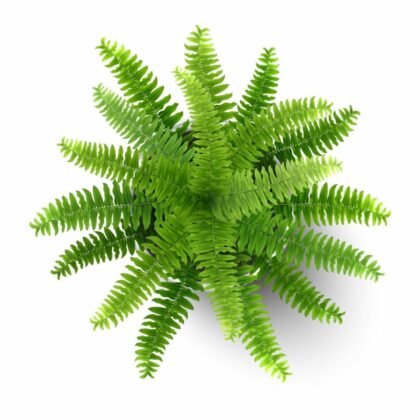Bismarck Palm (Bismarckia Nobilis)
Available on backorder
Bismarck Palm (Bismarckia nobilis) is a stunning and distinctive palm known for its large size and striking foliage.
Bismarck Palm Info:
- Habitat: Native to Madagascar, Bismarckia is one genus among a diverse palm flora. They grow in the plains of the central highlands, nearly reaching the western and northern coasts, in savannas of low grass, usually in lateritic soil.
- Appearance: The Bismarck Palm has a solitary trunk, gray to tan in color, with ringed indentations from old leaf bases. Mature leaves are over 3 meters wide, divided into 20 or more stiff segments, and are a striking silver-blue or green color.
- Foliage: The Bismarck Palm is known for its gorgeous, stiff, intensely steel-blue, fan-shaped fronds that are about 4 feet long and wide. The persistent leaf bases are split, creating an attractive pattern on the trunk.
- Size: In its natural habitat, it can reach above 25 meters in height, but usually does not grow taller than 12 meters in cultivation.
- Growth: The nearly spherical leaf crown can be 7.5 meters wide and 6 meters tall. The petioles are slightly armed and covered in a white wax as well as cinnamon-colored scales.
- Dioecious Nature: These palms are dioecious, meaning male and female flowers grow on separate plants. The female plants produce brown ovoid drupes, each containing a single seed.
Care:
- Cultivation: Bismarck Palms are grown throughout the tropics and subtropics under favorable microclimates. They are popular in landscaping in various parts of the world, including Florida, Southern California, Texas, and Arizona.
- Light and Soil Requirements: They adapt to many kinds of soil and prefer full sun but can tolerate some shade.
- Water and Maintenance: The Bismarck Palm requires moderate watering and is low maintenance.
- Fertilization: It’s recommended to fertilize twice a year during the growing season with a quality palm fertilizer.
The Bismarck Palm is highly valued for its aesthetic appeal, particularly its broad, thick leaves that provide ample shade and maintenance requirements and drought tolerance, making it a great choice for gardeners in suitable climates.
Cairo
Giza







